STM32L082 Development Board with SX1276 LoRa Radio programmable using Arduino IDE via USB Connector
Designed by Tlera Corp in United States of America
Buy with confidence.
Our Tindie Guarantee protects your purchase from fraud. Learn More
Back in stock! Thank you for your patience! Now supporting LoRa radio, FSK radio, and LoRaWAN! What is it? This is Grasshopper, a small (0.71 " x 1.76") development board with Murata's CMWX1ZZABZ-078…
Read More…Back in stock! Thank you for your patience!
Now supporting LoRa radio, FSK radio, and LoRaWAN!
This is Grasshopper, a small (0.71 " x 1.76") development board with Murata's CMWX1ZZABZ-078 FCC certified module containing ST Microelectronics' STM32L082 32 MHz Cortex M0+ MCU with 192 kByte of flash and 20 kBytes of RAM and Sematech's SX1276 LoRa radio. The development board exposes 19 GPIOs to the user as well as 3V3, GND, VIN, and VREF (for the analog sector), has an indicator led on GPIO 13 as well as a power-on led that can be disabled via a solder jumper for lowest power usage, and has an on-board antenna suitable for either 868 or 915 MHz.
In fact, the chip antenna is tuned for a wide band (858 - 928 MHz) which allows the SX1276 LoRa radio to be used in a surprisingly large number of regions of the world including:
The Grasshopper development board is intended to be programmed using an Arduino IDE (just like Ladybug, Butterfly, and Dragonfly), flashing new programs and receiving serial output through the microB USB connector. But we have exposed the SWD port as well for those users who prefer to use traditional tool chains and debuggers.
We have extended our successful STM32L4 Arduino core to the Grasshopper STM32L082 variant to allow all of the usual serial protocols and peripheral utilities expected for an Arduino-programmable development board. First drop of the (alpha) STM32L0 Arduino core is reposited here. We have a GitHub repository of Arduino sketches that run on the Grasshopper here. Here (adapted from Simon Levi's LadybugFC tutorial) is how to get started if you are new to Arduino or have forgotten how to set it up.
The board can be powered from the USB connector or from a 1S LiPo battery (3.5 < VIN < 5.5 V). There is a JST port for connecting a LiPo or power may be applied to VIN and GND on the board edge. The Grasshopper LoRa development board uses an NCV8170 3V3 LDO with 150 mA output for power management. This LDO has a quiescent current of just 500 nA allowing the ultra-low potential of LoRa to be realized in this design. When the power-on led is disabled (cut the trace between solder pads on the back), the Grasshopper uses just 2.1 uA in STOP mode with full data and state retention. The LoRaWAN radio API is designed to keep the MCU in stop mode as long as possible. Proper construction of your Arduino sketch will allow the Grasshopper plus sensor add-ons to last for months on a small LiPo battery.
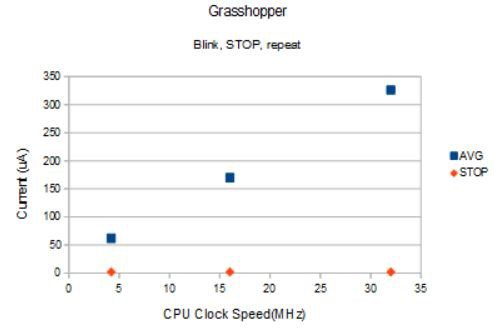
This test has the Grasshopper blinking the built-in led for 100 ms and then stopping for 5 seconds. The average current is roughly proportional to chosen clock speed. Here is more discussion.
Initial tests show reception out to 150 meters with no direct line of sight (through houses and cars, etc) and >500 meters out in the open. One report shows reception at a 30 meter tower antenna 1.4 km away with RSSI -115 and SNR of -9. This is pretty good performance for this simple pcb antenna! We have added an u.Fl connector so even longer-range can be achieved with an external antenna.
BLE and wifi are great and each has its niche. BLE requires low average power (~ 1 mA) and is great for streaming small amounts of data (~1 kByte per second) at short range (<10 meters), while wifi can stream large amounts of data (100s of kBytes per second) at relatively longer range (~100 meters) but at much larger power budgets (10s of mA). LoRa promises the best of both worlds, offering ultra-low power usage (< 1 mA average power) and ultra-long range (> 1 km).
We wanted to get started in this wonderful new radio sector and what better way than with Murata's new LoRa radio module, which offers a compact and complete solution that doesn't require an external antenna and allows a super small development board perfect for remote applications and even for wearable use!
This is a small development board that has everything you need to get started using the next big thing in wireless technology. Order some pcbs from OSH Park and assemble some of your own or buy a fully assembled and tested board here and see how easy it can be to make LoRa work in your applications!
No country selected, please select your country to see shipping options.
No rates are available for shipping to .
Enter your email address if you'd like to be notified when Grasshopper LoRaWAN Development Board can be shipped to you:
Thanks! We'll let you know when the seller adds shipping rates for your country.
| Shipping Rate | Tracked | Ships From | First Item | Additional Items |
|---|---|---|---|---|
|
:
|
Product: (4.75)
Documentation: (4.08)
Shipping: (4.75)
Communication: (4.83)
Jc | June 18, 2021
William | Dec. 20, 2020
Hiroshi | Dec. 8, 2020
Brett | Sept. 7, 2020
Daniel | July 3, 2020
Andrew | May 30, 2020
Keith | Dec. 16, 2019
Karl | Oct. 31, 2019
Amir | Aug. 14, 2019
Mike | July 5, 2019
Charles-Henri | June 17, 2019
Julien | Jan. 26, 2019
Buy with confidence.
Our Tindie Guarantee protects your purchase from fraud. Learn More
Pahrump, NV, United States of America
Ships from United States of America.
38 Reviews | 1,282 Orders

$39.95
Free Shipping!
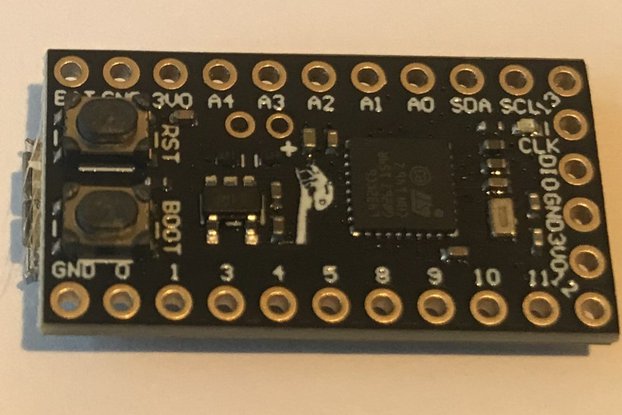
$17.95
Free Shipping!
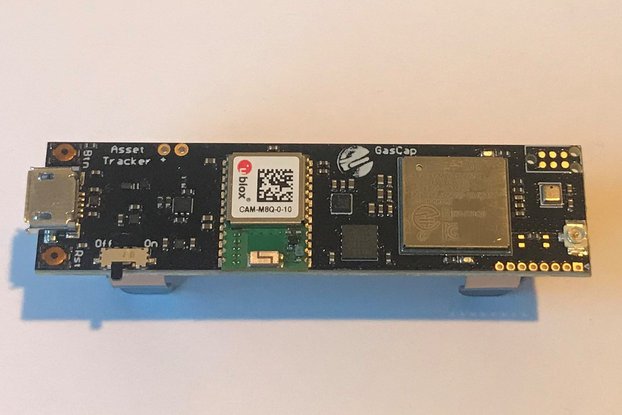
$79.95
Free Shipping!
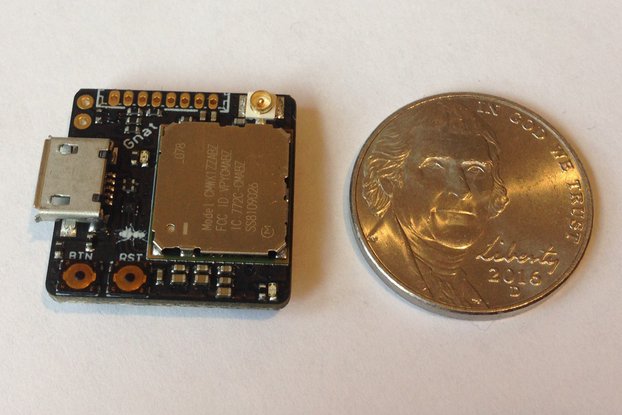
$79.95
Free Shipping!
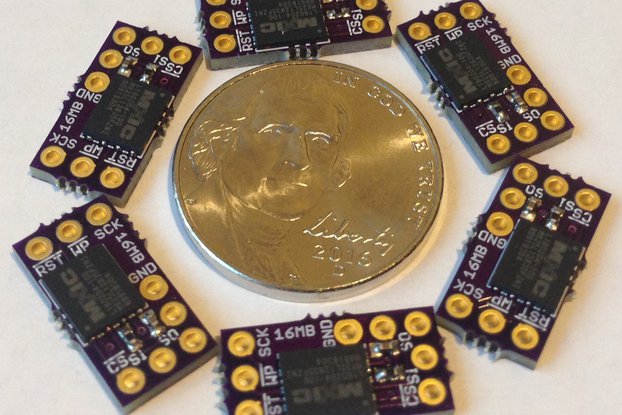
$11.95
Free Shipping!
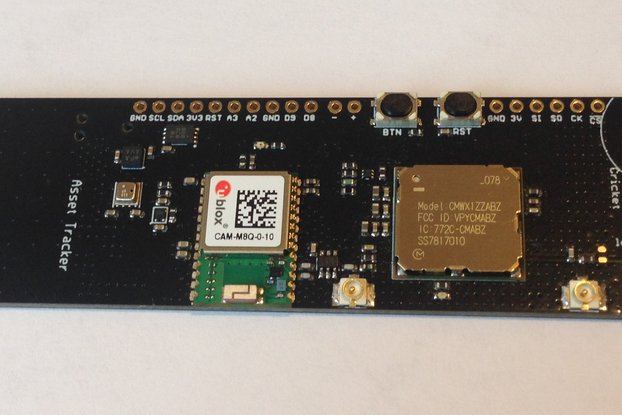
$79.95
Free Shipping!
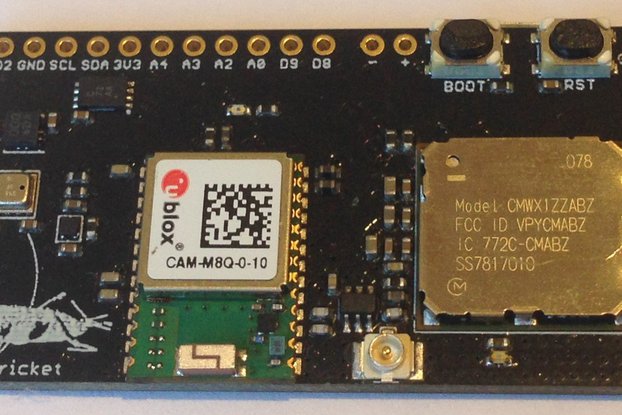
$79.95
Free Shipping!
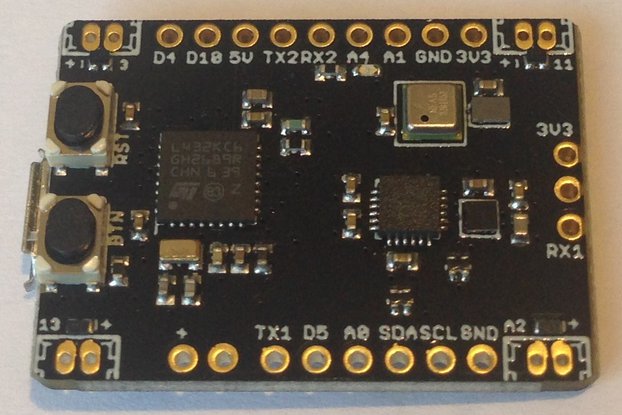
$49.95
Free Shipping!
By clicking Register, you confirm that you accept our Terms & Conditions
We recognize our top users by making them a Tindarian. Tindarians have access to secret & unreleased features.
We look for the most active & best members of the Tindie community, and invite them to join. There isn't a selection process or form to fill out. The only way to become a Tindarian is by being a nice & active member of the Tindie community!
